Who made the Croatian island of Baljenac look like a fingerprint
Categories: Design and Architecture | History
By Pictolic https://pictolic.com/article/who-made-the-croatian-island-of-baljenac-look-like-a-fingerprint.htmlEveryone who sees the island of Balenac from above has a question - what happened to this piece of land. This is not surprising, because a small island in the Adriatic Sea off the coast of Croatia is surprisingly similar to a fingerprint. This look is given to it by 23 km of stone walls placed on only 0.14 sq. km of area. Who built these walls, and most importantly - why?
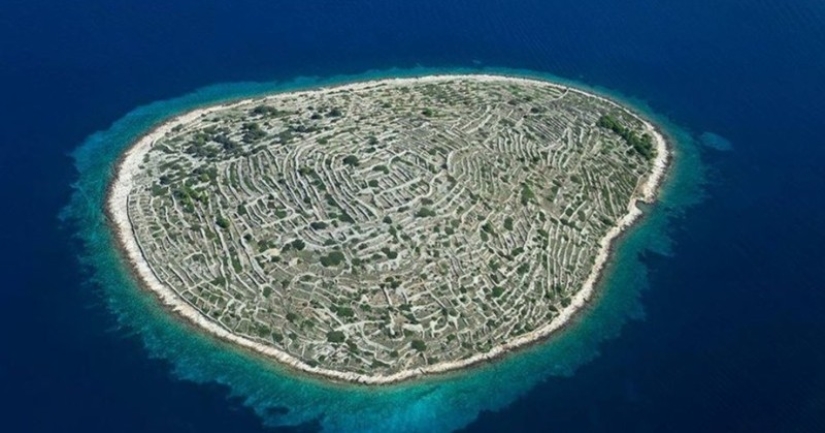
Even a cursory glance is enough to determine that the unusual relief of the island was created by human hands. Upon closer inspection, it becomes clear that the stones are laid "dry", without the slightest hint of a solution. That's probably why most of the walls collapsed, and fragments of the most preserved ones remained a little over a meter high.
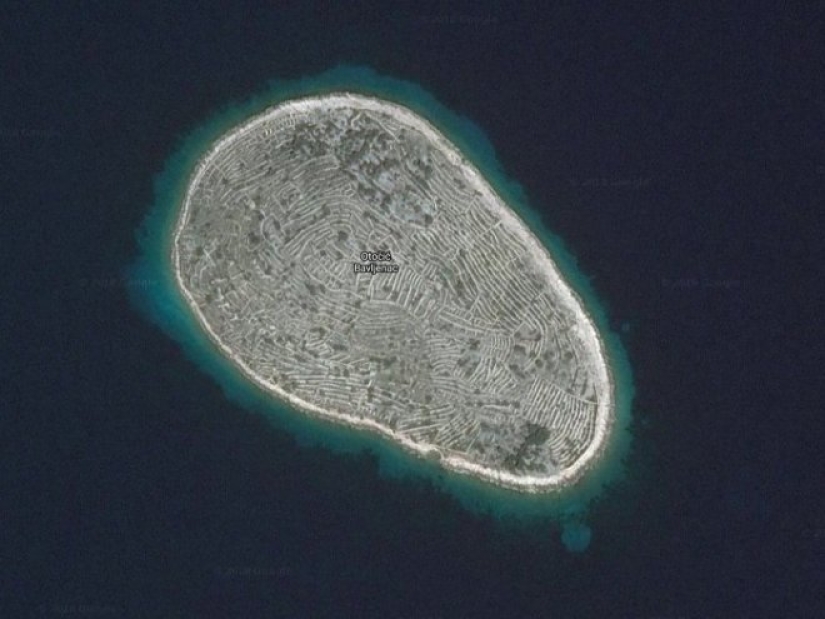
The work done by unknown masons is impressive. The walls form an intricate maze and approach the water itself. It may seem that they are very ancient, but they are not. The walls of Balienac Island, which you can see today, were built during the 19th century. But who needed to spend a lot of time and effort on such work?
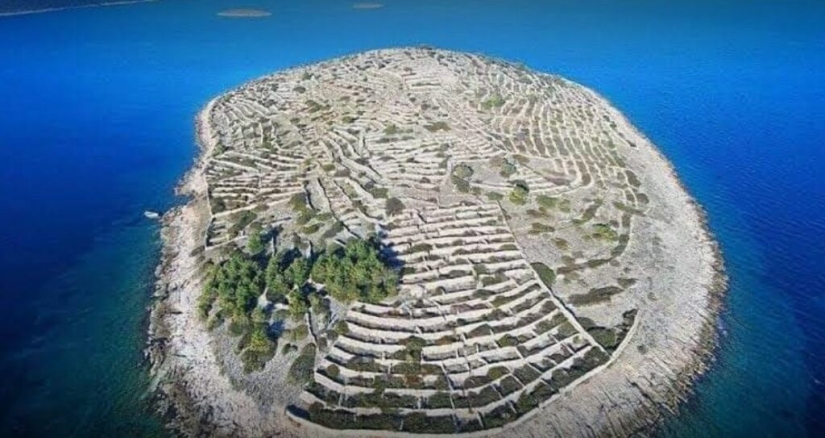
Balenac Island belongs to the Sibenik archipelago, consisting of many rocky islands. The soil on the islands is not suitable for farming, so every meter of free space counts. Next to Balienac is the island of Capri (not to be confused with Capri), where people live. They used a nearby uninhabited island to grow various crops they needed.
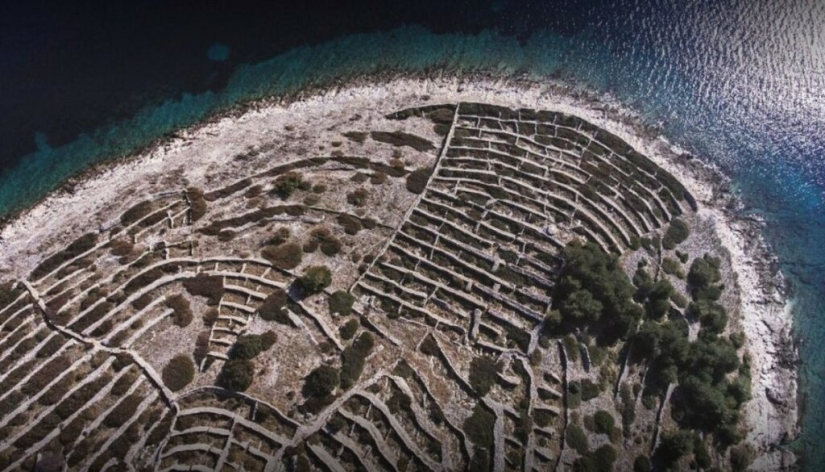
The walls on the Balienac were erected to protect the plantings from harsh sea winds that could uproot plants. There are exactly the same walls on the islands of Capri and Zut, but the building there is not so dense and does not catch the eye. It is hard to imagine what kind of need forced the islanders to stack thousands of stones on top of each other to protect tiny strips of land.
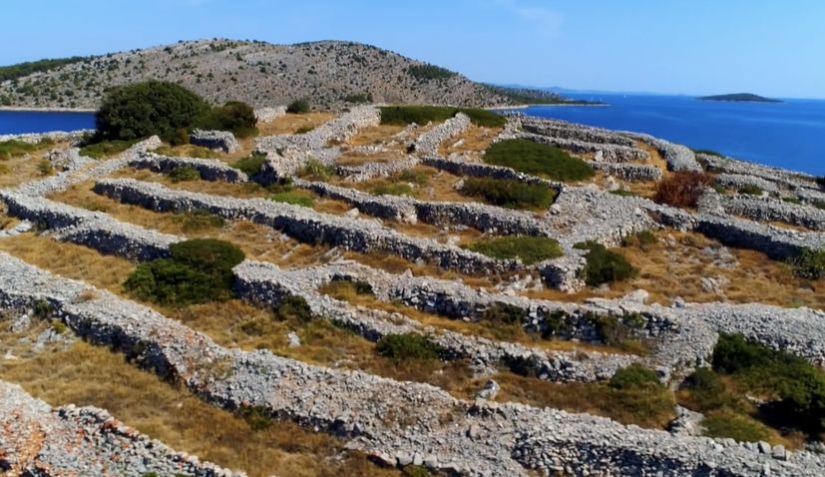
Scientists believe that the inhabitants of the islands have always protected their plots of land. The walls of the 19th century are stacked on top of others that date back to the 16th and 17th centuries. At that time, Caprije and Baljenac served as a refuge for Christians fleeing from the Ottoman conquerors.
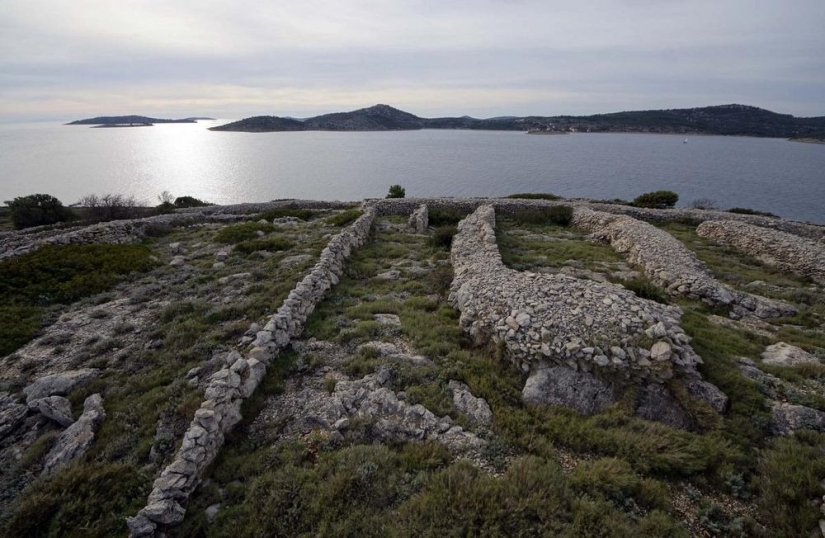
Such farming techniques were used not only by residents of the Sibenik archipelago. Field walls can be seen in England, Scotland and Ireland. But only on Belenac the concentration of buildings is so high that it resembles a fingerprint drawing.

The island was little known to anyone until his photos began to appear on the Internet. Now excursions for tourists are organized on Balenac. The greatest demand is for an aerial view of the island, since only in this case it opens in all its mysterious glory. But some connoisseurs of history land on land and wander among the rocks, taking selfies.
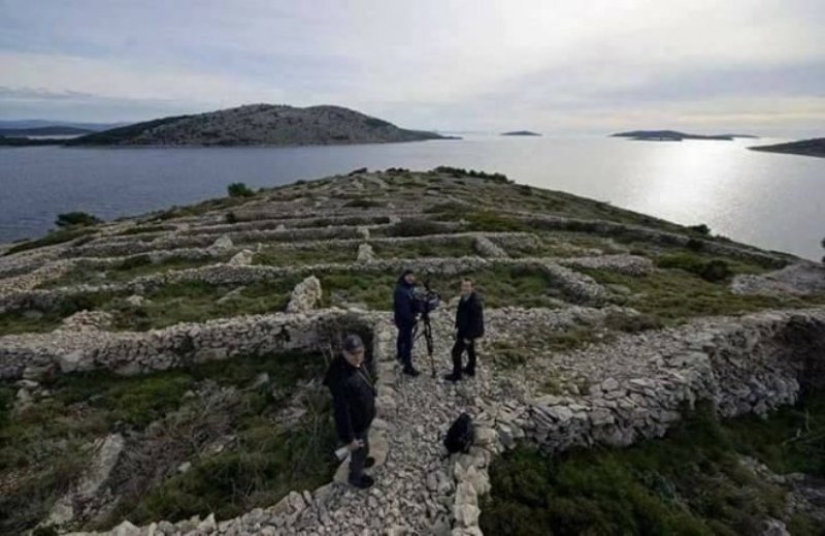
The popularity of the island is in the hands of the Croatian government and the residents of the archipelago who are not spoiled with tourist money. Nevertheless, the increased interest in the attraction does her harm. The masonry under the feet of the guests is rapidly collapsing and scientists are afraid that the walls may soon disappear.
Recently, the Croatian Government applied to UNESCO with a request to recognize the island as a World Heritage Site. This will not only further increase interest in Balenac, but also allow it to be effectively protected. Croatia generally has something to see besides the mysterious island. Here are 10 interesting places that guests of the country are simply obliged to visit.
Recent articles

Sometimes you see a tattoo on a person and think: "Why did he do it at all?". A familiar feeling? If you have never experienced it, ...

Taxi ride like a lottery — you never know if you will pull the winning ticket. Even the official services like Uber does not ...

Finnish photographer Juha Tanhua has shot an unusual series of "space photos". Astrophotographic images of stars, galaxies and ...